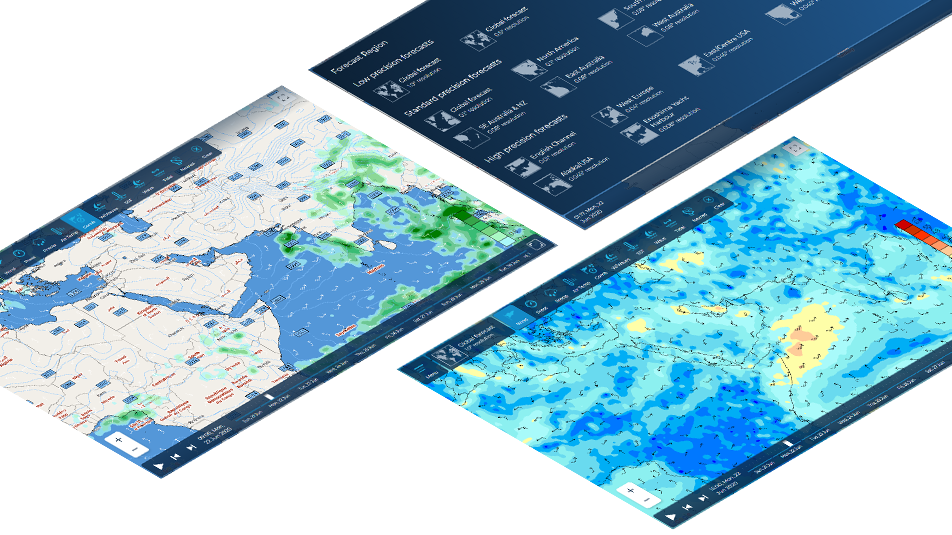T-VOS: Staying afloat in an environmentally challenged future

Today and every other day ships will emit in excess of five million tonnes of CO2 into our atmosphere. The impact we have on this planet is now clearly linked to the reduction of greenhouse gas(GHG) emissions.
Our consumptive ecology is woven into a vast and complex web of industry and commerce. An essential element within this web is global shipping and these statistics demonstrate why;
- Every year shipping carries ~ 90% of the worlds’ goods, consumes ~ half a billion tonnes of fuel
- And emits ~ one and a half billion tonnes of C02.
As an industry it’s been out of sight and out of mind which in turn has led it to being a substantial global polluter for many decades. Emissions from shipping are projected to increase by up to 50% above 2018 levels by 2050 if no actions are taken.
These numbers can be overwhelming so it’s time for some positive news.
At Theyr we have made a significant technological advance to help ensure this industry becomes a technology spearhead in the reduction of CO2. Our story is one of enterprise, engineering, and leading edge scientific research.
Utilising an advanced multi-objective genetic algorithm (GA) developed in collaboration with Southampton University we can now resolve the increasingly complex nature of vessel route optimisation combined with high fidelity met-ocean forecasts and high resolution ship model data.
Utilising an advanced multi-objective genetic algorithm (GA) developed in collaboration with Southampton University we can now resolve the increasingly complex nature of vessel route optimisation combined with high fidelity met-ocean forecasts and high resolution ship model data. Theyr – Voyage Optimisation Solution (T-VOS) can be easily implemented by existing digital platforms ensuring the financial and environment benefits can be quickly distributed across the sector. One very important point to note is that T-VOS is benchmarked against the current ‘state of the art’ optimisation software used by shipping companies. We’ll share the words of one shipping company manager after several weeks of internal analysis.
“These results indicate an increased TCE of 7.27% for the comparison (T-VOS Actual <> T-VOS_Min_Fuel) and 8.90% for the comparison (T-VOS Actual <-> T-VOS_Min_TCE)! To be honest, these are very impressive results!” Operations Manager.
Let’s break these numbers down a little to understand why they are so exciting:
• significant (min) fuel saving: ~7%
• significant (min) time saving: ~10%
• TCE outputs demonstrate additional savings over min time/fuel
Taking a practical example of a shipping company with 100 vessels
• Fleet annual bunker: 850,000 Mt (~23Mt per vessel per day)
• Average cost per Mt: US$ 370
• Total fuel cost per annum: US$ 314m
T-VOS applied to one fleet (100 vessels).
• Fuel saving p/a: US$ 15.7m
• TCE: > US$ 15.7m p/a
• CO2 reduction: 131,750 tonnes p/a (1 x 3.1)
The total number of operational commercial vessels is ~65,000 and in an ideal world we would see T-VOS utilised across the global fleet.
As newer, cleaner fuels become more available in coming years they will also come with increased costs. The flexibility of T-VOS will help mitigate the added financial pressure of adopting these fuels by ensuring the most viable routes are found.
More information
Email: info@theyr.com
| Public funding |
|---|
| SPrint |
